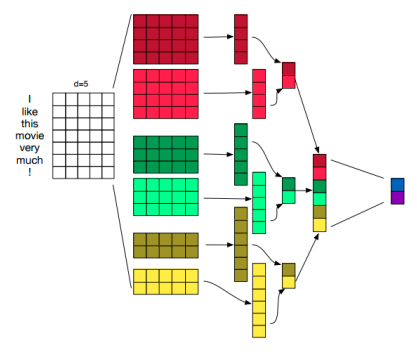I am a Full-Stack Software Engineer at Power, building the next big thing in Clinical Trial Recruitment! Check us out at withpower.com.
I completed my Master's degree in Computer Science from Johns Hopkins University and my Bachelor's degree at Veermata Jijabai Technological Institute (VJTI), India in Information Technology.
At Johns Hopkins, I was advised by Prof. David Yarowsky and Prof. Paola Garcia as part of the Center for Language and Speech Processing at Johns Hopkins University where I worked on NLP and speech recognition for low-resource languages
In my free time, I like to play the piano🎹, listen to classical music and watch horror/thriller movies (or re-watch/re-read Harry Potter⚡for the umpteenth time)
I completed my Master's degree in Computer Science from Johns Hopkins University and my Bachelor's degree at Veermata Jijabai Technological Institute (VJTI), India in Information Technology.
At Johns Hopkins, I was advised by Prof. David Yarowsky and Prof. Paola Garcia as part of the Center for Language and Speech Processing at Johns Hopkins University where I worked on NLP and speech recognition for low-resource languages
In my free time, I like to play the piano🎹, listen to classical music and watch horror/thriller movies (or re-watch/re-read Harry Potter⚡for the umpteenth time)











